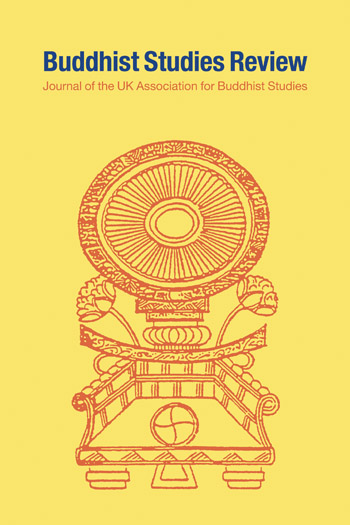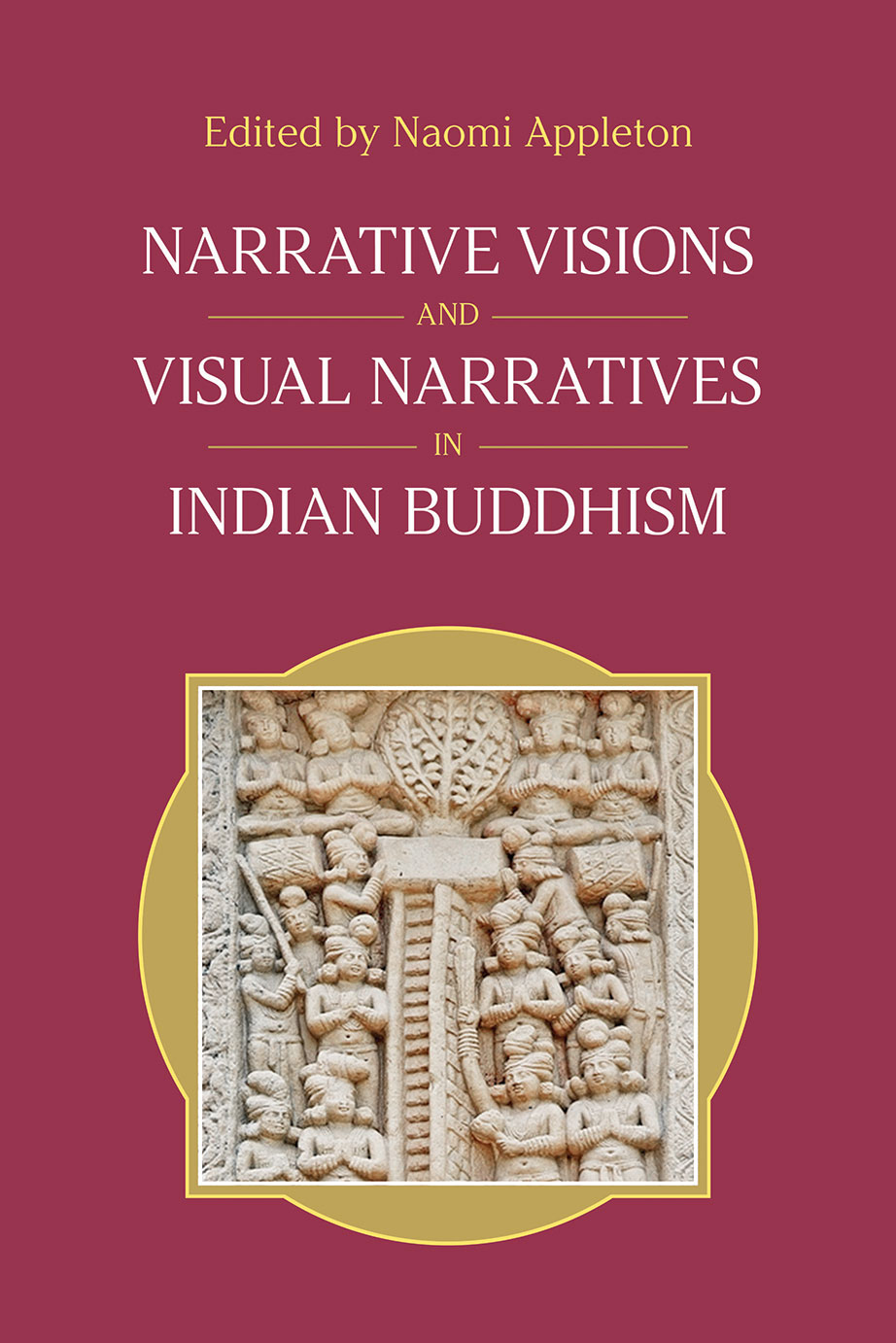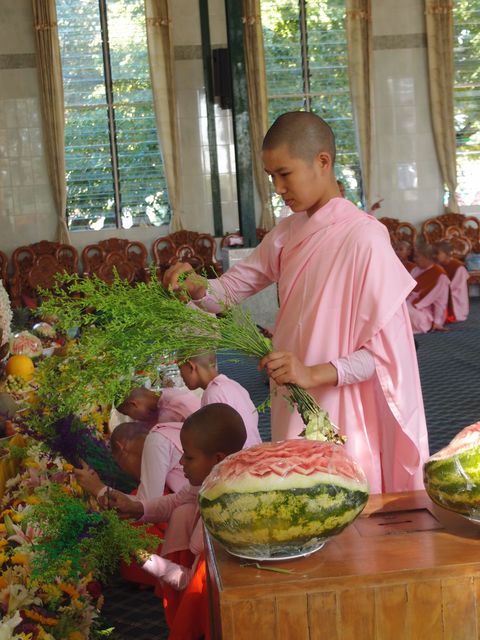Reviews
Dr. Sasson has once again gifted us with a tale that brings early Buddhist women to life. Animating her well-researched evidence with an evocative imagination and vivid prose, she helps us feel their suffering, understand their diverse motivations, respect their wise insights, and be inspired by their resilient strength.Paula K. R. Arai, Ph.D., author of Women Living Zen
Vanessa Sasson's absorbing story about the founding of the Buddhist nuns' order is a bold blend of elements that are often kept apart: scholarship on Buddhist narrative traditions, familiarity with the concerns of contemporary female monastic communities, a sharp feminist sensibility, and vivid storytelling. While she does not shrink from asking some hard questions about gender inequity in Buddhism, Sasson's narrative brims with tenderness for her characters and delight in a tradition and a history that she clearly cherishes and respects. Sasson brings to life scenes and characters and conversations with humor and humanity. I can't wait to read this book with my students.
Amy Langenberg, Associate Professor of Religious Studies, Eckerd College
The Gathering for the first time portrays the lives of the early Buddhist women in such a way that they come alive. It is a novel, first of its kind, to break through the barrier of male voices, and it is told vividly in such a moving and engaging way. The reader will not be able to stop once they start reading, but will have to continue to the very last page, and yet still they will want more.
Bhikkhuni Dhammananda (Chatsumarn Kabilisingh)
In reconstructing so many lives and letting their stories intersect to write about the implications of the Buddha’s teachings for women then and today, Sasson accomplishes quite a feat. The novel ought to be seen as balancing itself on the precarious spot of working with feminist angst against patriarchal nature of religion while also aspiring to understand the condition of being human.
Asian Review of Books
Buddhist communities around the world continue to wrestle with the Buddha’s restrictions. In most, women monastics remain subordinate to monks, and in some cases, their fate is even bleaker than that of the Gathering women. In many Theravada lineages, for instance, full ordination is illegal for women, and women monastics often face poverty and harassment. In recent years, the movement to revive women’s ordination has gained momentum, and just last year, 144 Bhutanese women became the first nuns in history to receive full ordination in the Tibetan lineage. Just like the Gathering women, women monastics have proved persistent in pushing for what seems impossible, even in the face of continued discrimination.
In a world where such inequality persists, The Gathering offers a different way to explore these tensions. In encouraging us to take seriously alternative modes of scholarship that center on storytelling, Sasson opens up new ways of understanding these ongoing quests for ordination. Structuring the book as a novel, she invites us into the inner lives of the first women who sought ordination, encouraging us to sit with conflicting truths. And by not glossing over the story’s complexities, she offers a more expansive view of the messiness of monastic life and the relationship between renunciation and freedom.
Just as the Gathering women help one another imagine new pathways that at first seem inconceivable, Sasson helps us to glimpse new possibilities as we reckon with the realities of our time, acknowledging that there is no easy path forward. After all, a monastery “is for those who are not awakened yet,” as Vimala comes to realize. “It is a place for the aspiring, for those who hope they can do more with themselves than ordinary life permits.” In this way, Sasson’s novel encourages us to aspire for something greater—for ourselves, for our communities, and for the future of Buddhism.
Tricycle
Vanessa writes in a style that blends a sense of warmth and familiarity with a touch of humor, employing dialogue, inner thoughts, and descriptive details, as all good stories should. And before we know it, the reader is transported to ancient India and into another story, which doesn’t merely bring the characters and their interactions to life but plants us squarely in their world.
There is so much contained within this book, with examples of lives that act as contemporary mirrors ... I simply urge you to read it.
BuddhistDoor Global
Overall, Sasson’s second novel boldly follows in the footsteps of her first one and does what the tradition itself has done for centuries, retell the stories of what Reginald Ray called its “saints” (Buddhist Saints in India: A Study in Buddhist Values & Orientations [Oxford University Press, 1994]). It also transforms the tradition by shining a light on those marginalized for too long, like Mahāpajāpatī, Bhaddā Kuṇḍalakesā, Paṭacārā, and Vimalā, who challenged the status quo and opened the way for others. Sasson animates canonical texts in a way that makes them accessible to contemporary readers, especially college students.
Journal of the American Academy of Religion









